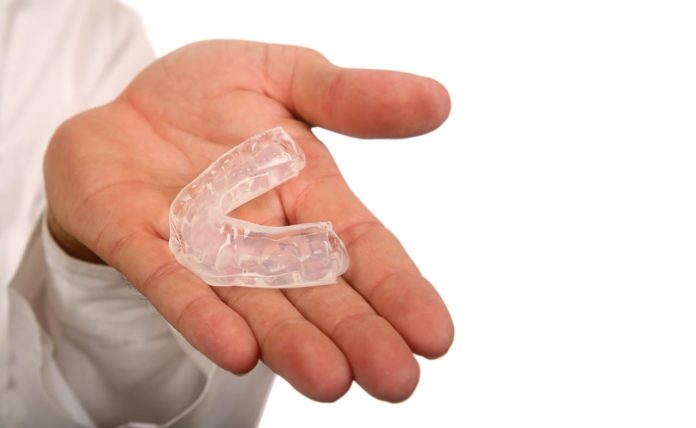Unless it’s been giving you grief, you’ve probably never given much thought to your TMJ. But did you know that the TMJ joint is both the tiniest and most complex joint in the body?
So, it’s no surprise that it’s not always an easy fix when it goes wrong. If you’ve got TMJ, you’ll notice pain around your jaw, difficulty opening your mouth, and a loud clicking sound on movement.
However, a mouth guard for TMJ could be the way to stop your symptoms and go back to a pain-free state. These mouth guards can come with a high price tag, so ensure you know which type of mouth guard you need before investing.
Read on for three tips on choosing the best mouth guard for TMJ.
1. Decide the Function
One of the first things to consider is whether you need a stabilization guard or a repositioning guard.
Stabilization splints help you reduce clenching and grinding by covering your teeth. These mouth guards should give you relief from the constant stress of clenching.
Repositioning splints, on the other hand, help to correct misaligned teeth. These are recommended when the jaw is physically in the wrong position. By moving the jaw, the associated symptoms will reduce.
So take a hard look at your symptoms: are you clenching, or is your jaw in the wrong position? If you’re not sure, a dentist can help with advice on TMJ mouth guards.
2. Choose Your Material
Once you have decided on the type of mouth guard you need, you need to consider the material it’s made from. The most common options are soft, hard, or hybrid.
The soft mouth guard is, as the name suggests, flexible and comfortable. However, it may not be suitable if you’re a teeth grinder because it’s not very durable. The hard mouth guard is the perfect night guard for teeth grinders as it’s tough and durable.
The hybrid model has elements of hard and soft and is suitable for teeth grinders.
3. Upper or Lower Guard
Finally, you need to choose whether to buy upper or lower TMJ mouth guards.
Most people choose an upper mouth guard as it’s out of the way of the tongue. Upper mouth guards are usually more comfortable and don’t disrupt speech too much.
However, a lower mouth guard is less visible, so you may prefer a lower guard if you’re wearing it during the day.
Overall, getting a guard along whichever set of teeth is less complicated is recommended to reduce any risk of further treatment being needed.
Get Your Mouth Guard for TMJ Today
That’s the whistlestop tour on how to choose a mouth guard for TMJ. Now, take a deep breath, unclench your jaw, and get ready for a life without TMJ pain.
The mouth guard is the first-line approach to treating TMJ for a reason; it is very effective. So, get thinking about what you need and go to see a TMJ specialist for a fitting.
Did you find this article helpful? If so, make sure to check out our other posts for more health and lifestyle topics.









